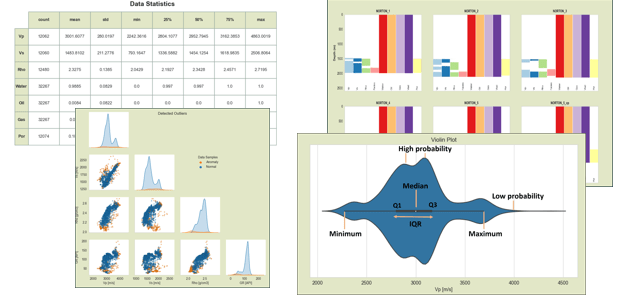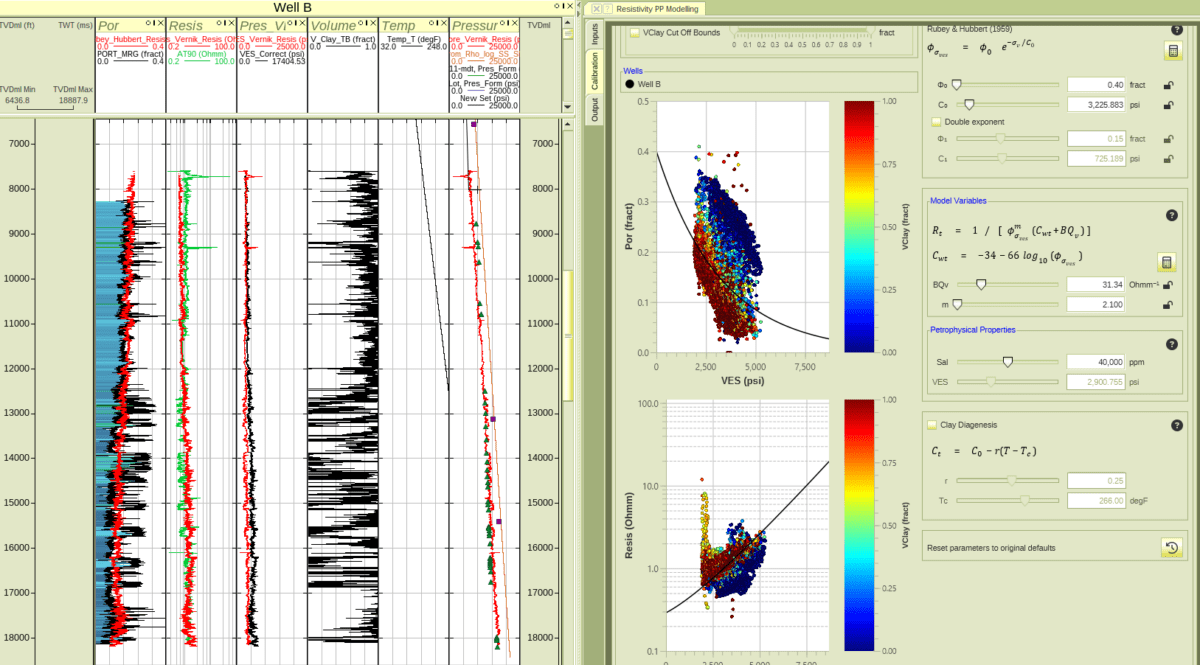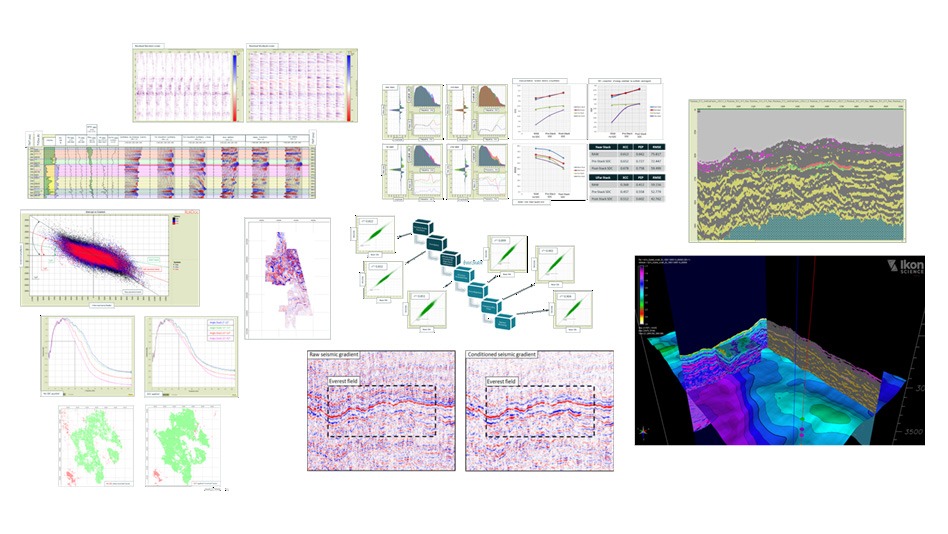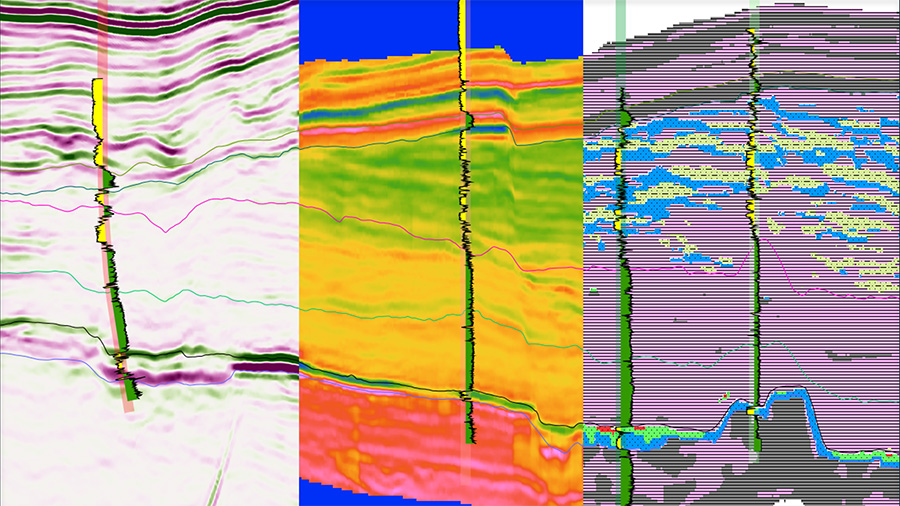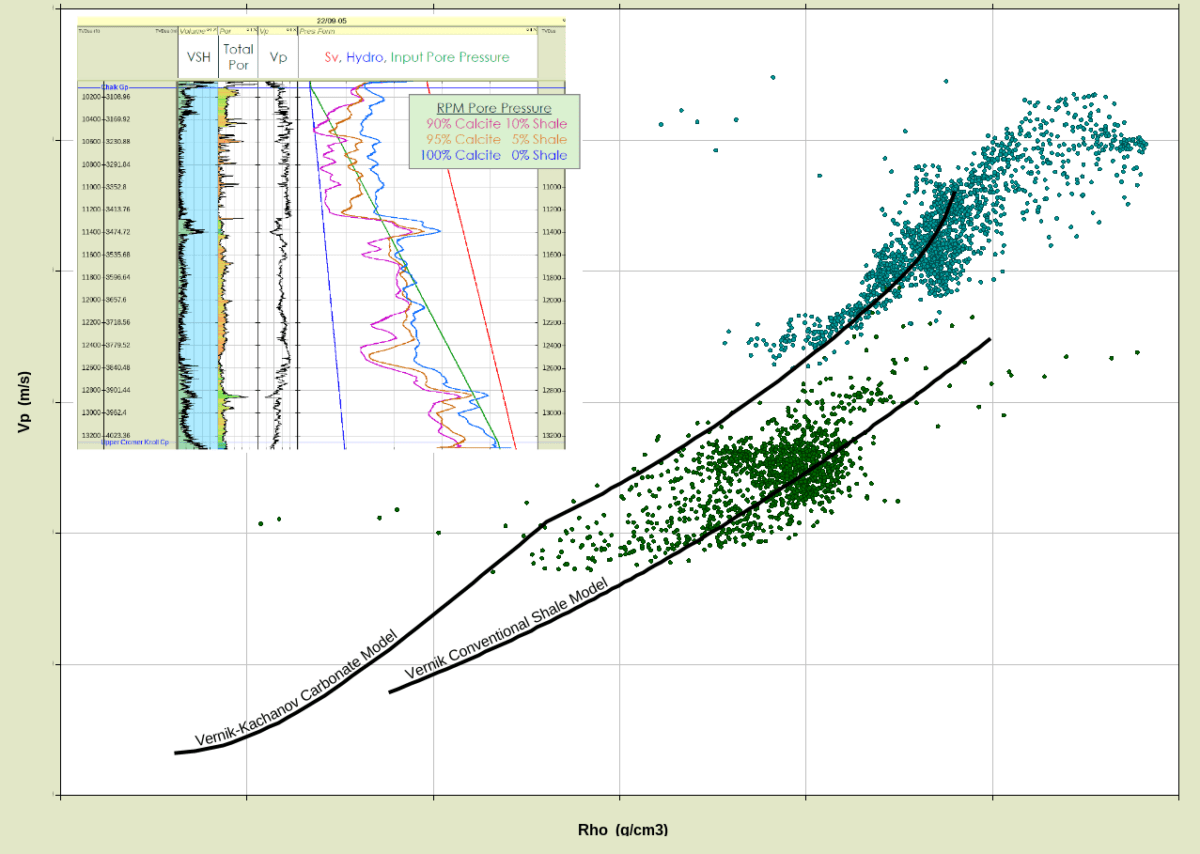

To what extent can we ignore Vertical Transverse Isotropy during seismic inversion? Although we expect VTI to be present in clay rich rocks and explicitly take it into account when processing seismic data, can we just ignore it when interpreting amplitudes from the same seismic data? Is it possible to solve for elastic and isotropic contrasts through inversion of pre-stack seismic data? Does this depend on the geological scenario or is it never possible? Does it help if we know the anisotropic properties of the rocks before inversion? If we can’t invert for anisotropy, can we invert with anisotropy? How will any assumptions impact our Quantitative Interpretation objectives? How should we test the limitations and uncertainties prior to application to real data?
In this webinar we will address these questions and provide guidance on how to approach inversion of data affected by anisotropy and assess the potential for VTI to affect our inversion results and their interpretation.
